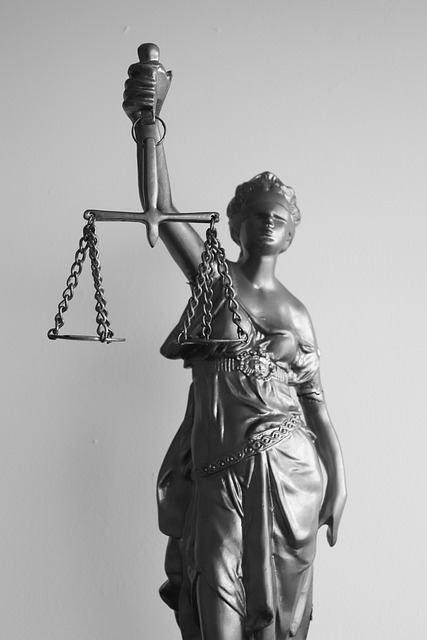RF Regulatory Agency investigations are crucial for ensuring safety standards and addressing health hazards related to radiation and wireless communication. When violations are found, they can lead to enforcement actions and damages in personal injury cases involving RF interference. These inquiries require a deep understanding of technical and legal frameworks, with the agency demonstrating its commitment to public health through meticulous evidence gathering. Calculating damages in such cases involves considering economic losses and non-economic impacts on individuals' well-being, with strategic expertise and expert witnesses being essential for navigating the complexities and securing fair compensation.
“In an era increasingly reliant on radio frequency (RF) technology, understanding RF Regulatory Agency Investigations is paramount. This article unravels the intricacies of these inquiries, focusing on common causes of RF emissions and interference, the impact of damages in case resolutions, and crucial strategies for calculating compensation in personal injury claims linked to RF exposure. By exploring these aspects, we aim to equip readers with insights into navigating the legal landscape surrounding this modern concern.”
- Understanding RF Regulatory Agency Investigations
- Common Causes of RF Emissions and Interference
- The Role of Damages in RF Case Resolutions
- Strategies for Calculating Compensation in Personal Injury Claims Related to RF Exposure
Understanding RF Regulatory Agency Investigations
RF Regulatory Agency Investigations play a crucial role in ensuring compliance with radiation and wireless communication standards. These inquiries are often sparked by concerns about potential safety hazards or unexplained issues with electromagnetic fields. When an investigation uncovers violations, it doesn’t just stop at enforcement; it can also lead to calculated damages in personal injury cases. Understanding these processes is essential for both regulators and individuals seeking justice.
In high-stakes cases, achieving extraordinary results requires a deep understanding of not only the technical aspects but also the legal framework surrounding RF technologies. An unprecedented track record of successful investigations demonstrates the agency’s commitment to upholding safety standards and safeguarding public health. This involves meticulously gathering evidence, analyzing data, and presenting compelling arguments to support claims for damages, ensuring that those affected by regulatory breaches receive appropriate compensation.
Common Causes of RF Emissions and Interference
RF emissions and interference can arise from various sources, often leading to complex investigations by regulatory agencies. Common causes include improper equipment design or manufacturing defects that result in unauthorized RF transmissions. For instance, devices operating outside their designated frequency bands can cause widespread interference, affecting not only individual users but entire philanthropic and political communities across the country.
Another significant source of interference is the intentional misuse or unauthorized access to radio frequency spectrums. Hackers or malicious actors who gain control over communication networks may intentionally emit harmful RF signals, leading to disruptions in critical infrastructure and personal communications. In severe cases, this can result in safety hazards and even a complete dismissal of all charges related to the incident, underscoring the severity of such violations. Calculating damages in personal injury cases stemming from RF interference requires meticulous analysis, considering not only economic losses but also non-economic impacts on individuals’ well-being and quality of life.
The Role of Damages in RF Case Resolutions
Strategies for Calculating Compensation in Personal Injury Claims Related to RF Exposure
When dealing with personal injury claims related to RF (Radio Frequency) exposure, calculating compensation is a complex process that requires meticulous attention to detail. The assessment of damages in such cases often involves several unique considerations due to the technical nature of the injury and its potential long-term effects. Legal professionals must employ strategic approaches to determine fair and just compensation for clients suffering from RF-related health issues.
One key strategy is to engage expert witnesses who can provide detailed analyses of the harm caused by RF exposure. These experts, including medical professionals and engineers, play a vital role in quantifying the extent of injuries, which may include various symptoms like headaches, fatigue, and cognitive impairments. By presenting robust evidence, lawyers can effectively argue for substantial damages in favor of their corporate and individual clients. Moreover, successful legal outcomes often result in complete dismissal of all charges against the affected parties, ensuring their rights are protected and any indictment is avoided.
RF Regulatory Agency investigations play a pivotal role in ensuring safe and responsible radio frequency (RF) emissions. By understanding common interference causes and the impact of damages, individuals and entities can better navigate RF exposure risks. When personal injury claims arise from RF-related incidents, strategic calculation of damages becomes essential to achieve just resolutions. This article has provided insights into these key aspects, offering a comprehensive guide for navigating the complexities of calculating damages in personal injury cases related to RF exposure.






